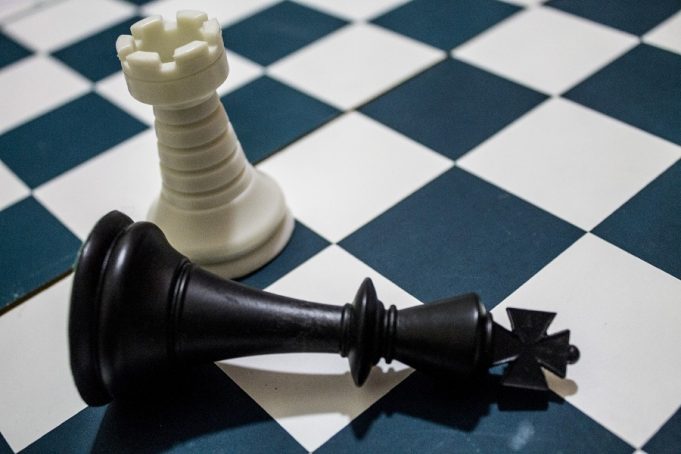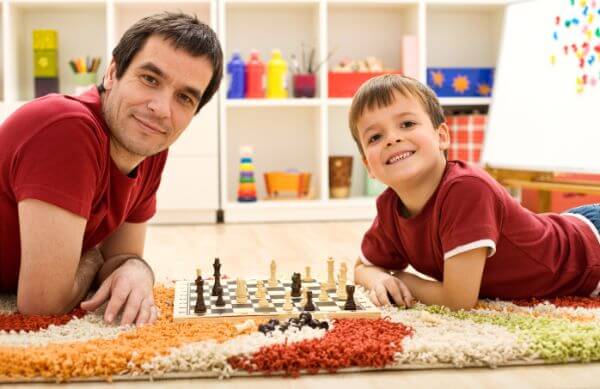While traditional chess remains most popular around the world, there are variants of the game which are interesting to compare. Similar to orthodox chess, as it’s sometimes called, these chess variants all use a chess board and a chess set, are thematically based on a military battle, and primarily work to protect the king (and to win, capture the opponent’s).
Orthodox Chess
With traditional chess, two players square off opposite a checkered chess board comprised of 64 squares: 8 columns by 8 rows, with the squares alternating between white and black. Onto this board, a chess set is broken out with each player given 16 chess pieces: 1 king, 1 queen, 2 bishops, 2 knights, 2 rooks, and 8 pawns. With these pieces, the players are charged with devising a strategy to capture the opposing king.
Players alternate turns and captured pieces are replaced by the attacking piece. The queen is the most powerful chess piece, while the king gains strength as the game progresses on and the chess board thins out. The game ends once a player is able to establish checkmate.
Xiangqi
Also known as Chinese Chess, Xiangqi is quite popular in Asia. As with traditional chess, Xiangqi is said to have evolved from the Indian game Chanturanga. The chess board for Xiangqi is imagined to be a battlefield divided by a river. On each side of this river, there’s a palace and like chess, the objective of each player is to capture (or check) the opposing king.
Comprised of 10 horizontal lines and nine vertical lines, a void dissects the chess board. On one side is the black army and on the other, the red. In total, there are 64 squares. However, play takes place on points instead of the squares. At the start of the game, each player is given a chess set (or Xiangqi set) of 16 pieces: 1 king, 2 Mandarins, 2 elephants, 2 knights, 2 rooks, 2 cannons, and 5 pawns.
Shogi
In Japan, the game of Shogi rules and though there are departures in the game from orthodox chess, there are also similarities. Known as the “general’s game,” Shogi is another military-themed board game that again aims to checkmate the opposing player’s king.
The chess sets or playing pieces for Shogi include: 1 king, 1 rook, 1 bishop, 2 gold generals, 2 silver generals, 2 knights, 2 lances, and 9 pawns. As with chess, each piece is limited by specific movement on the board. A unique element to Shogi is the “promotion zone,” where pieces can be promoted (similar to the last rank on a traditional chess board for a pawn). In Shogi, promoted pieces are flipped to indicate the change in rank/power. Pieces can also return to the board after capture.
Other Chess Variants
In addition to the above games (highlighted because of their history), there are dozens more to learn of. As said, each variant possesses enough similarities with traditional chess to make for interesting discussion. To master one of these variants is also to perhaps better understand classic chess.
From Alice Chess, which is played on two chess boards, to Displacement Chess, where certain chess pieces are transposed, several chess variants seem to want to challenge the old guard. Yet by doing so, they aim to further understand it. By testing the game’s limits, they just might unearth some of the game’s remaining mysteries.
Time to break out the chess sets and deploy.
About the Author
Roger is the resident chess expert for PMP Chess, where he’ll help you pick out the perfect chess set. Roger will help you select something special from a huge selection of unique chess sets, chess boards and collectable themed chess pieces.





















